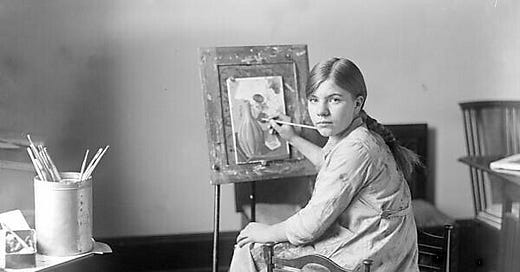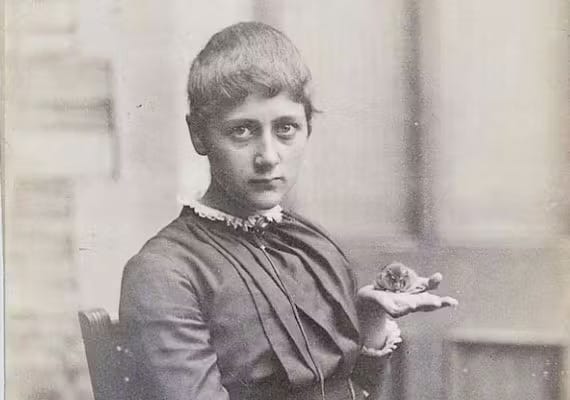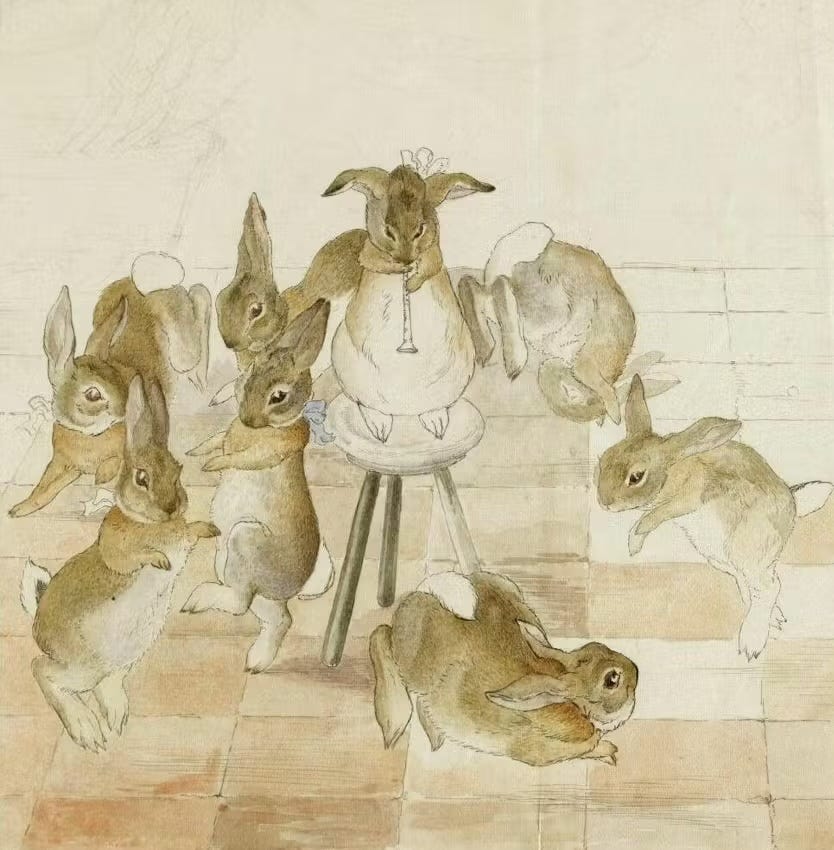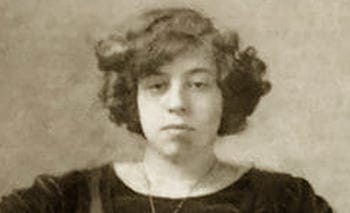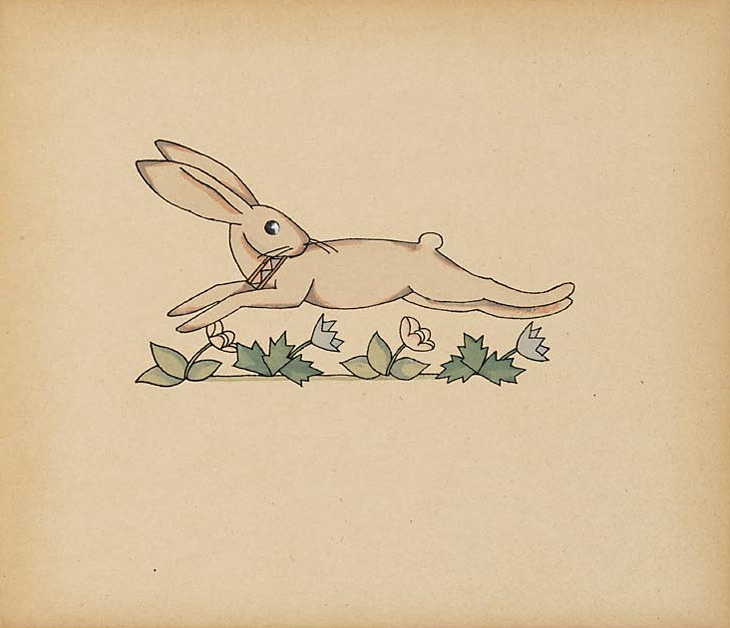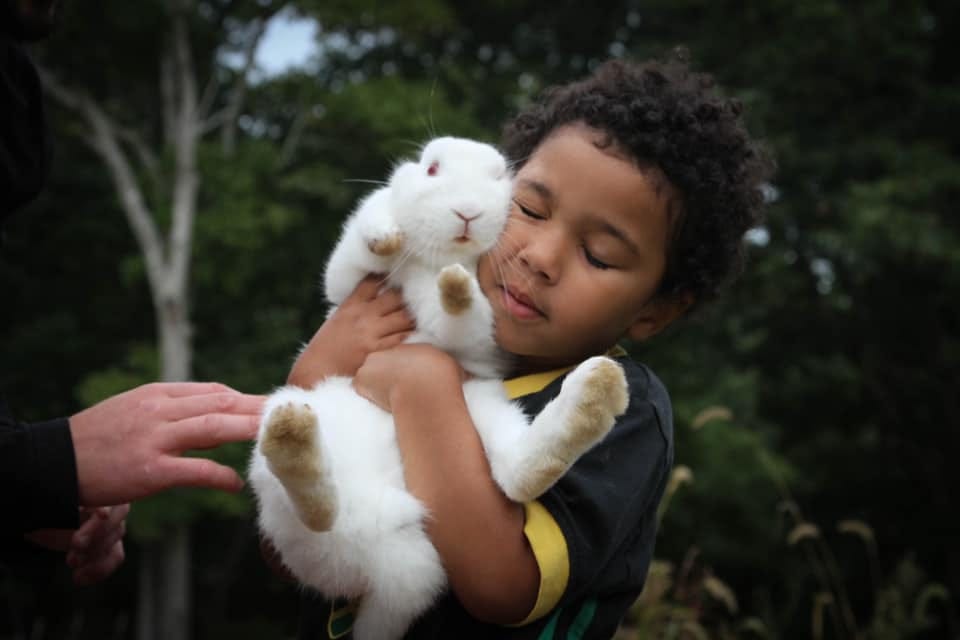The Art of Spring: Everything is Coming up Rabbits
How a child prodigy, a famous naturalist, and Freud’s niece brought the ancient magic of the rabbit to the modern era
Rabbits, rabbits, rabbits.
One of the unfortunate aspects of modern life is that we’ve lost much of our connection with the natural world. But on the first day of each month, many of us still say “rabbits rabbits rabbits” for good luck, and in the spring, rabbits come bounding back into our collective imagination. The rabbit has long been a symbol of fertility, magic, and luck across the continents and the ages. We could all use a little luck and magic right now, so in this piece, I’m sharing the stories of three fascinating artists who helped envision the rabbit’s magic for the modern world. Come down the rabbit hole with me.
Child Prodigy Pamela Bianco and the Velveteen Rabbit
I stumbled upon Pamela Bianco by accident after finding a letter she had written in 1947 to my grandmother. I needed to know more about the person who penned this mysterious letter based on her handwriting alone, and what she wrote to my grandmother also intrigued me. My grandmother passed a decade ago, so long gone was the opportunity to ask her about it. And so I did some research and discovered that Pamela Bianco has an incredible backstory. First, here is the letter she wrote to my grandmother.
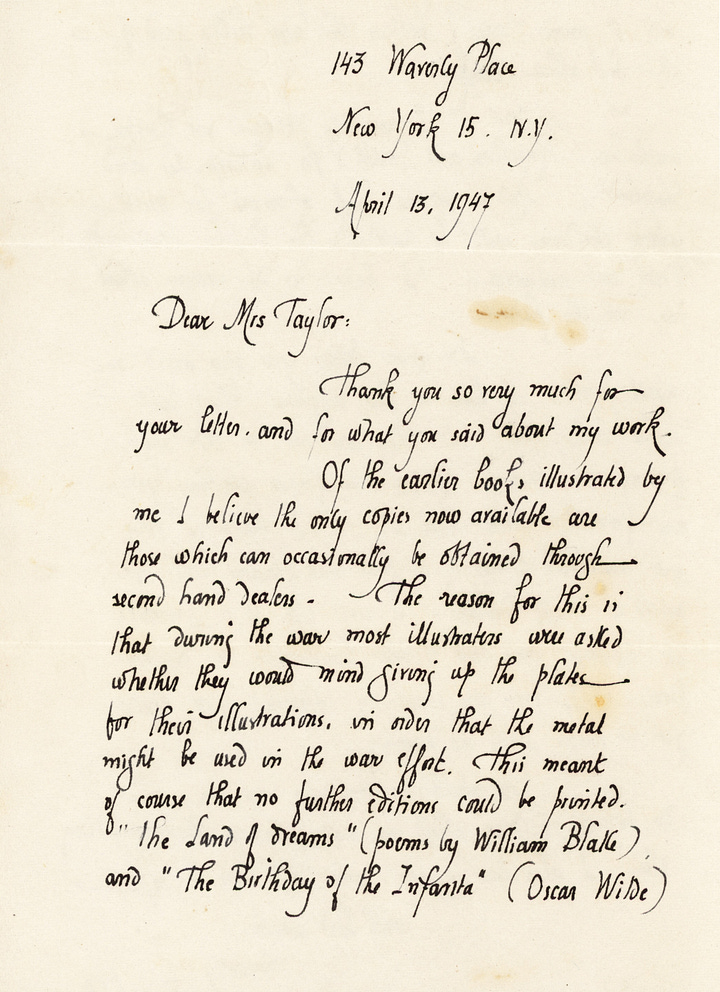
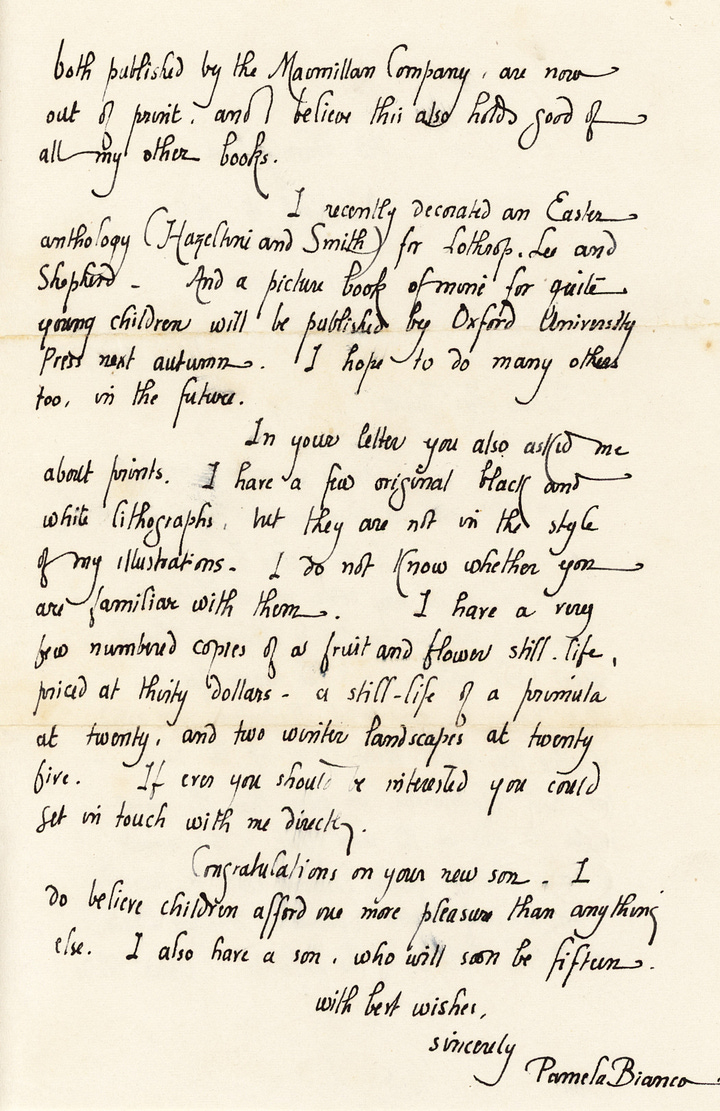
Becoming Real
Pamela Bianco was a child prodigy born in London in 1906. At the age of 12 she had her first solo art show at a London gallery. “In the art world of London the drawings… will cause a sensation” exclaimed National Gallery director Langton Douglas. When her show came to the American West Coast, the San Fransisco Chronicle declared the “City Bows to Child’s Art”. The New York Times was delighted by her exhibit and - noted for this piece - found that “there are many tiny sketches of rabbits that are delightful.”
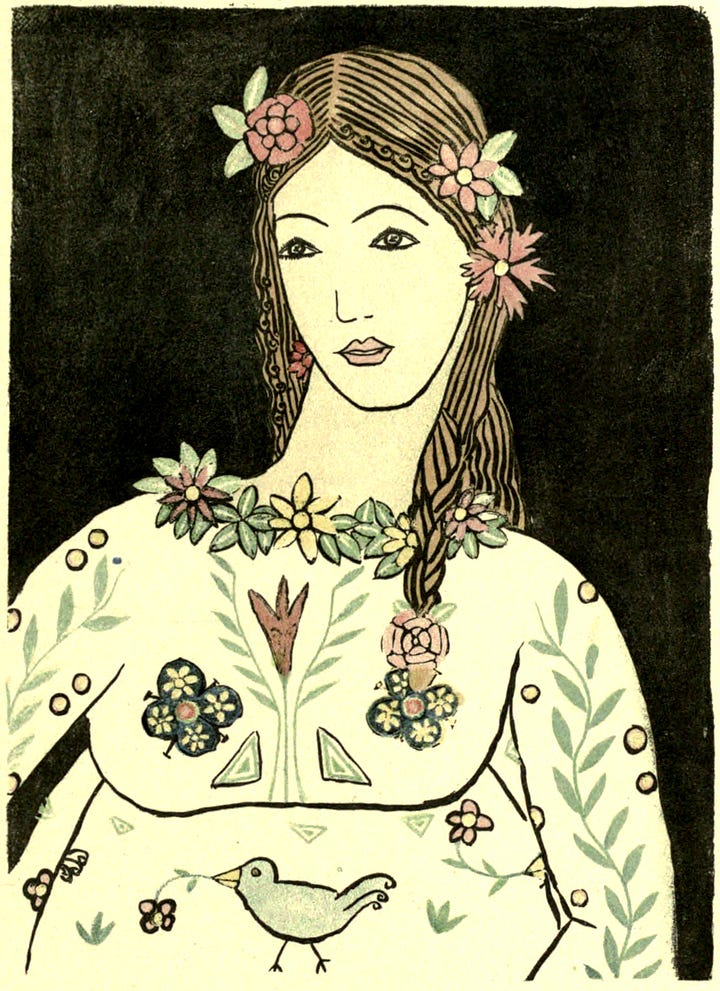
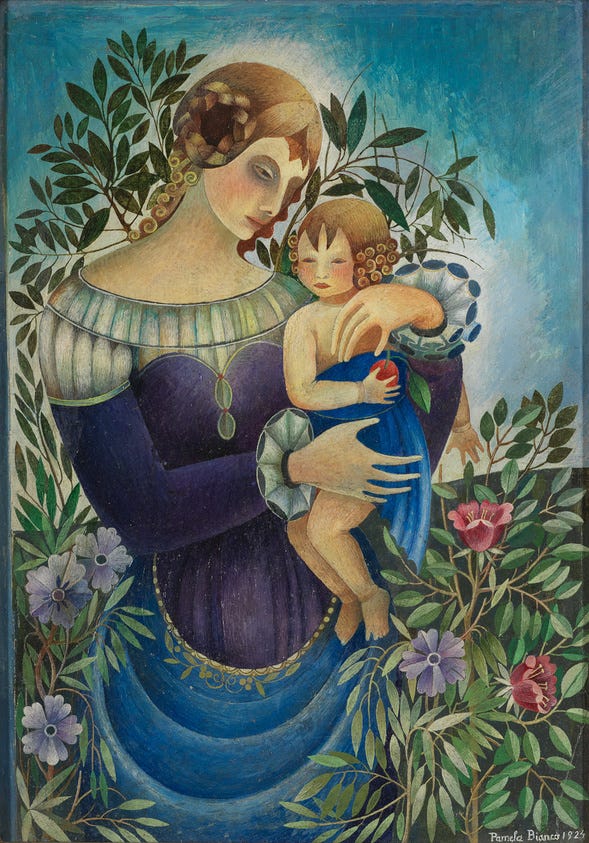
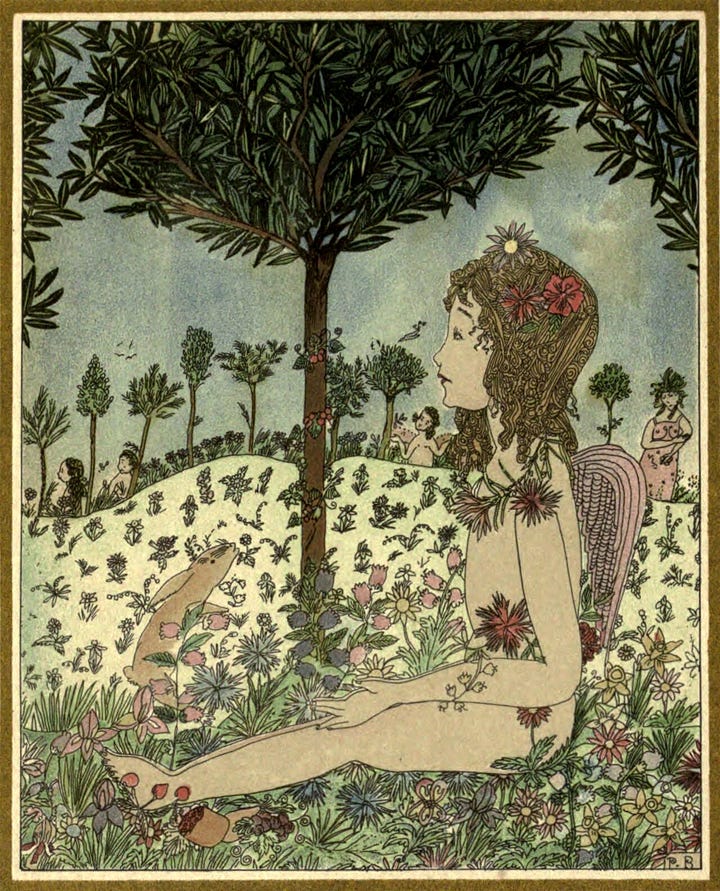

While Pamela was experiencing a meteoric rise to fame in the art world of Europe and America, her mother Margery Williams was a frustrated novel writer struggling to find her footing. Eager to tap into the buzz surrounding her prodigal daughter, Harper’s Bazar saw an opportunity. They offered mother Margery a chance to write a children’s story for the magazine on the condition that Pamela would illustrate it.
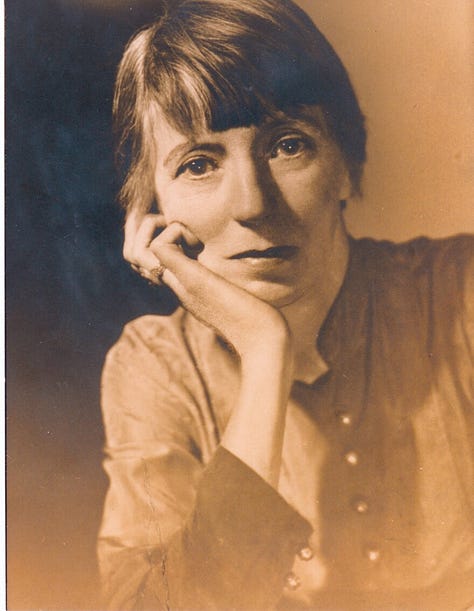

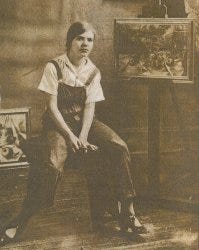
The story Margery wrote was The Velveteen Rabbit. When it was first published in 1922, The Velveteen Rabbit was unlike other children’s stories of the era. It tackled deep emotional themes of love, loss, identity, becoming “real” in a way that spoke to both children and adults. It struck a chord, and the rest, as they say, is history.
“Once you are Real, you can’t become unreal again. It lasts for always.”
-Margery Williams, The Velveteen Rabbit
Beatrix Potter: The Rabbit as Rebel Naturalist
This is Beatrix Potter as a teenager (1885), holding her pet mouse Xarifa
Perhaps no one has shaped our modern-day rabbit aesthetic more than Beatrix Potter. After multiple rejections from publishers, she self-published The Tale of Peter Rabbit, a story that would go on to become one of the most beloved children’s books of all time. Her gently mischievous rabbit in a little blue coat helped cement the image of the rabbit as both endearing and slightly wild. Her books have sold over 250 million copies worldwide, impressing her vision of the rabbit and other creatures into the imaginations of children for over a century.
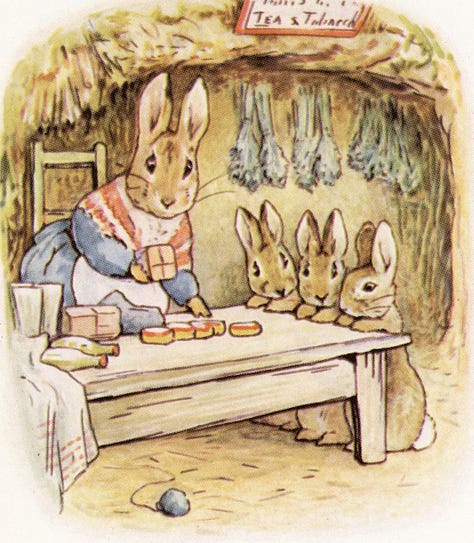
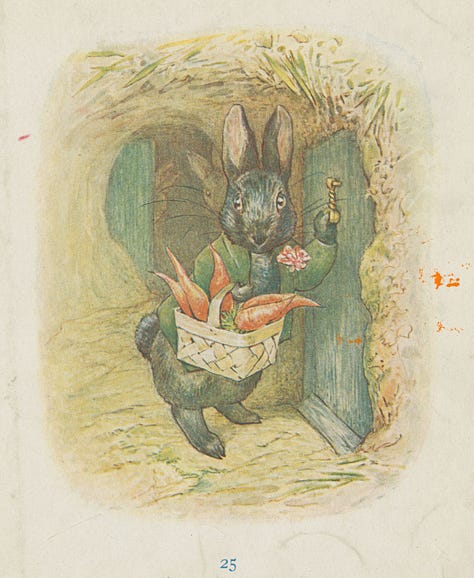

Beatrix Potter wasn’t just a storyteller and a master illustrator. She was a dedicated naturalist with a lifelong fascination of the natural world, and her illustrations of rabbits and other creatures were originally a means for her to make money to purchase microscopes and slides and other lab equipment. She studied fungi under the microscope, kept detailed sketchbooks of plants and animals, and was keenly observant of wildlife behavior. Her illustrations of fungi are extraordinary but were not given much attention in her day due to the fact that she was a woman.
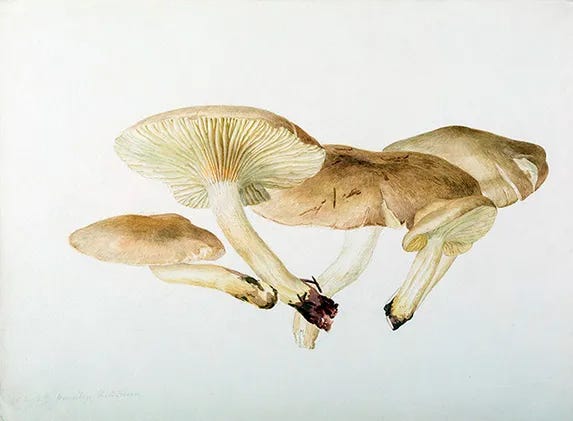
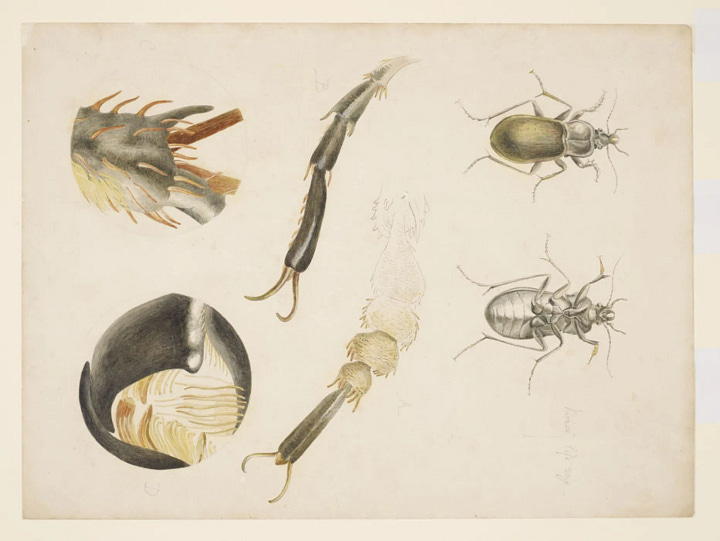
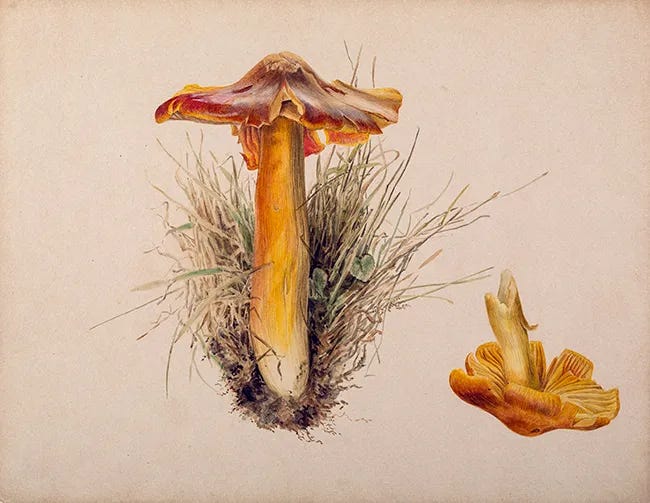
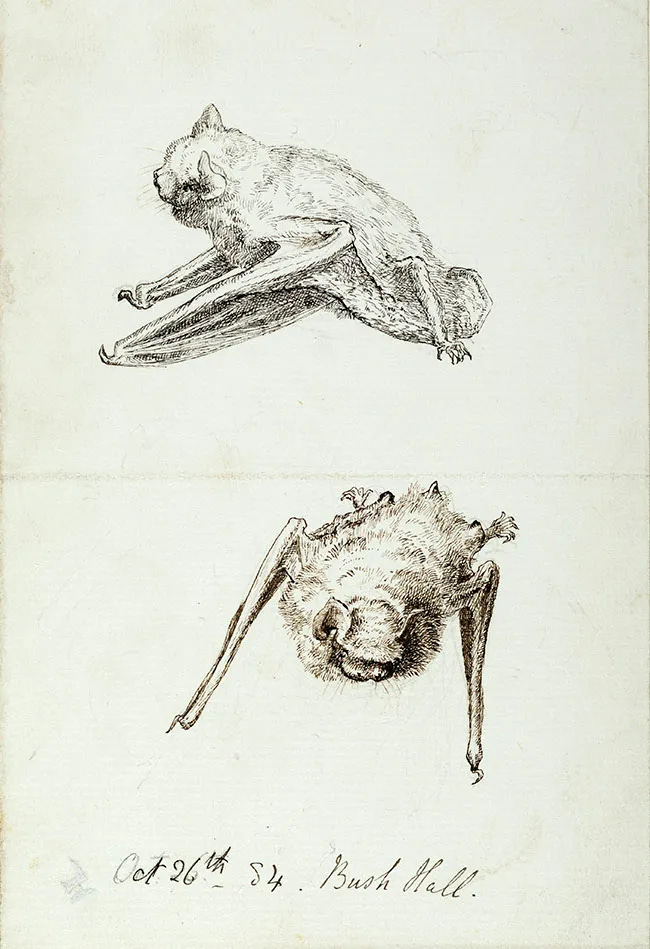
The same attentiveness to the natural world helped shape her rendering of Peter Rabbit. Peter’s mischievous adventures are grounded in the ecology of an English countryside Beatrix knew intimately. Her scientific lens gave her animals personality without stripping them of their wildness.
Tom (Martha) Seidmann-Freud: The Surreal Rabbit
Tom (Martha) Seidmann-Freud was born in Vienna in 1892, to Sigmund Freud’s sister Maria ‘Mitzi’ Freud. When she was a teenager, she adopted the name Tom.
An artist and bohemian, she was part of a group of writers and intellectuals in Berlin in the 1920s. Her art is whimsical, dark at times, and delightfully surreal. One of her early childrens books was Buch Der Hasengeschichten (The Book of Rabbit Stories, 1924) where she compiled stories about rabbits from around the world.
“[Tom Seidmann-Freud] lived on cigarettes and her room was always full of smoke – a real bohemian woman.”
– Gershom Scholem
Her life took a rather tragic turn, when in 1930, under crippling debt from the depression, her husband and then she died by suicide 4 months apart. Her works were post humously banned by Nazi regime as part of a purge of Jewish authors.
When I first came across these images, I was blown away. Thank you, Tom Freud for these wonderful illustrations of rabbit stories from around the world. Your legacy endures.
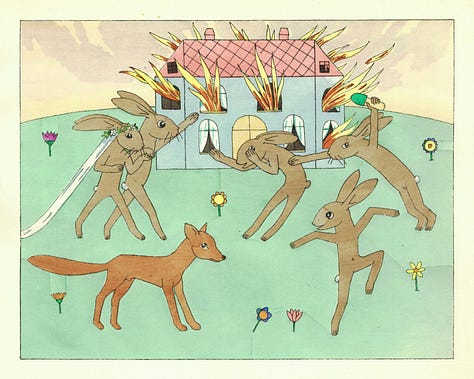
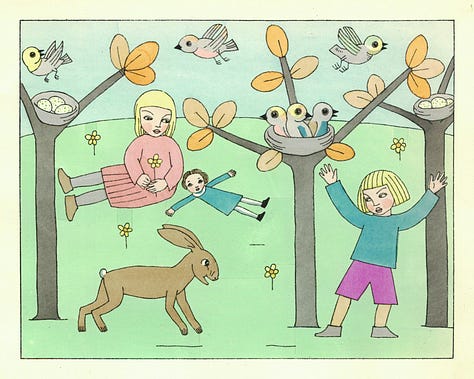
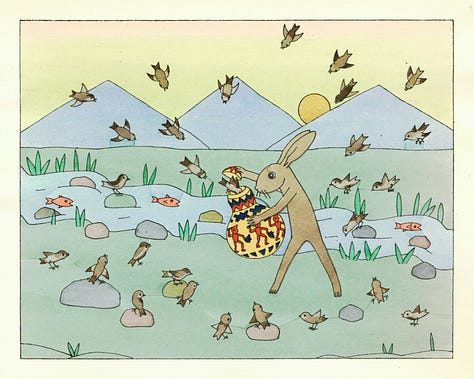
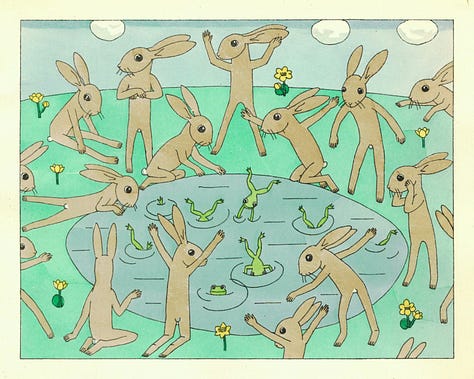
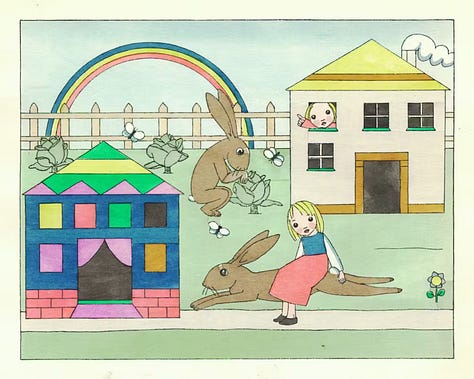
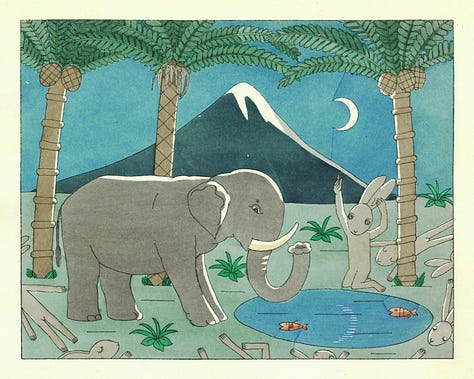
Happy Spring to all of you. May you find strength, rebirth, magic, optomism and may the luck of the rabbit be with you in these uncertain times.

